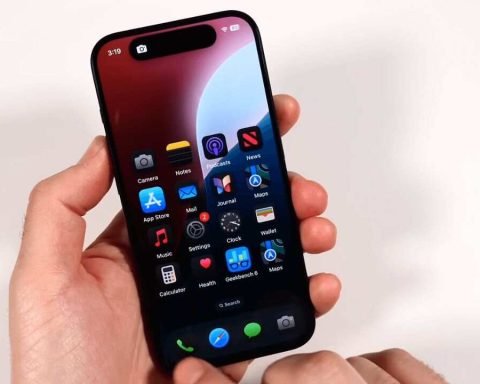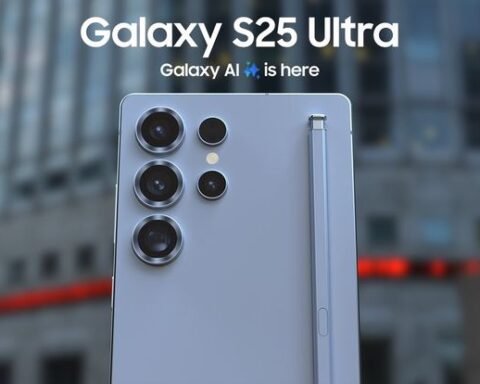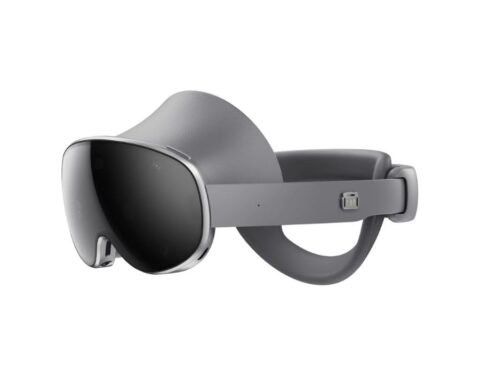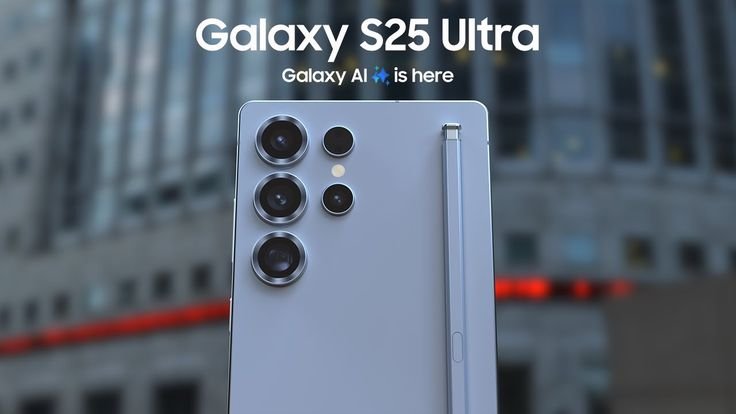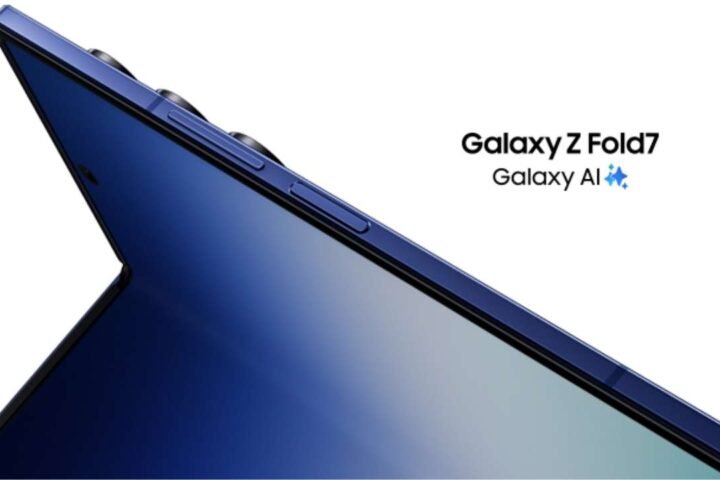Samsung has once again taken the smartphone world by surprise, but not with a new feature or innovation this time — instead, it’s the price cut on the Galaxy S25 Ultra that’s making headlines. Known for its premium pricing and high-end appeal, the Galaxy Ultra series has always been positioned as Samsung’s ultimate flagship experience. But with this recent adjustment, many are asking: Is Samsung changing its pricing strategy to stay competitive, or is this a response to shifting consumer demand and market pressures?
The Galaxy S25 Ultra, launched as the crown jewel of Samsung’s 2025 lineup, arrived with top-tier specifications — a cutting-edge Snapdragon processor, improved AI features, an upgraded camera system, and an enhanced display. It was marketed as the ultimate Android experience, blending design excellence with performance power. Yet, just a few months after its release, the decision to reduce its price has sparked conversations across the tech industry.
One of the biggest reasons behind this price cut could be the intensifying competition in the flagship smartphone market. With Apple preparing for the iPhone 16 Pro lineup and brands like Google, Xiaomi, and OnePlus aggressively targeting premium users at lower prices, Samsung’s dominance is facing new challenges. Consumers today are more informed and selective — they expect innovation without an excessive price tag. The reduction may therefore be Samsung’s way of realigning its premium pricing strategy to match the evolving expectations of buyers who no longer equate high price with high value.
Another factor influencing this decision is the rise of AI-powered smartphones. Samsung has been heavily promoting Galaxy AI, a suite of intelligent tools designed to enhance user experience, from photo editing to real-time translation. However, the rapid spread of AI features across other Android manufacturers has made it difficult for Samsung to maintain exclusivity. The price drop may help keep the S25 Ultra appealing to users who want advanced AI capabilities but are hesitant about paying a premium.
Market analysts also suggest that the move could be part of Samsung’s broader effort to expand its customer base. By reducing the entry barrier for its Ultra series, Samsung could attract users from Apple’s ecosystem or mid-tier Android devices looking to upgrade. It’s a tactic that mirrors what many automakers and tech brands are doing — lowering the price threshold of their flagship models to draw in aspirational buyers who want a taste of luxury technology without the full premium cost.
There’s also a global economic angle to this decision. In several key markets, including India, Europe, and parts of Southeast Asia, inflation has impacted consumer spending patterns. High-end devices are becoming harder to sell in large numbers, even for leading brands. A price cut helps Samsung stay relevant in these regions, where buyers are becoming more price-sensitive but still want the latest innovation. By positioning the Galaxy S25 Ultra as a more “attainable premium” product, Samsung could stabilize sales volumes without compromising brand value.
The strategy might also indicate a shift in Samsung’s long-term approach. Instead of relying solely on premium pricing to define status, Samsung seems to be adopting a volume-driven model — similar to what it has done successfully with its Galaxy A series. The goal may now be to create an ecosystem where high-end features are accessible to more people, encouraging loyalty to the Samsung brand across all price ranges. This approach could also strengthen its software and service integration strategy, especially as Samsung invests in Galaxy AI, health tracking, and smart ecosystem connectivity.
However, this move does carry potential risks. A sudden price drop can lead to consumer perception challenges, where early buyers may feel alienated for paying more, and potential customers might start waiting for discounts instead of purchasing at launch. It also puts pressure on Samsung to justify future price tags for upcoming models — once a price ceiling is lowered, it’s difficult to raise it again without delivering significant innovation.
Still, the Galaxy S25 Ultra remains one of the most capable smartphones in the world. The device’s exceptional display, camera performance, and AI integration keep it a benchmark for Android excellence. What the price reduction truly represents is Samsung’s willingness to adapt. It’s an acknowledgment that the premium smartphone market has matured — and that value, not just prestige, now defines success.
In the broader sense, the Galaxy S25 Ultra’s price cut signals the start of a new phase in flagship strategy. Samsung seems to be prioritizing accessibility, user loyalty, and ecosystem expansion over exclusivity. As competition intensifies and consumer expectations evolve, this could be the smartest move Samsung has made in years — one that might reshape how we perceive the definition of a flagship smartphone in the era of intelligent, connected technology.





